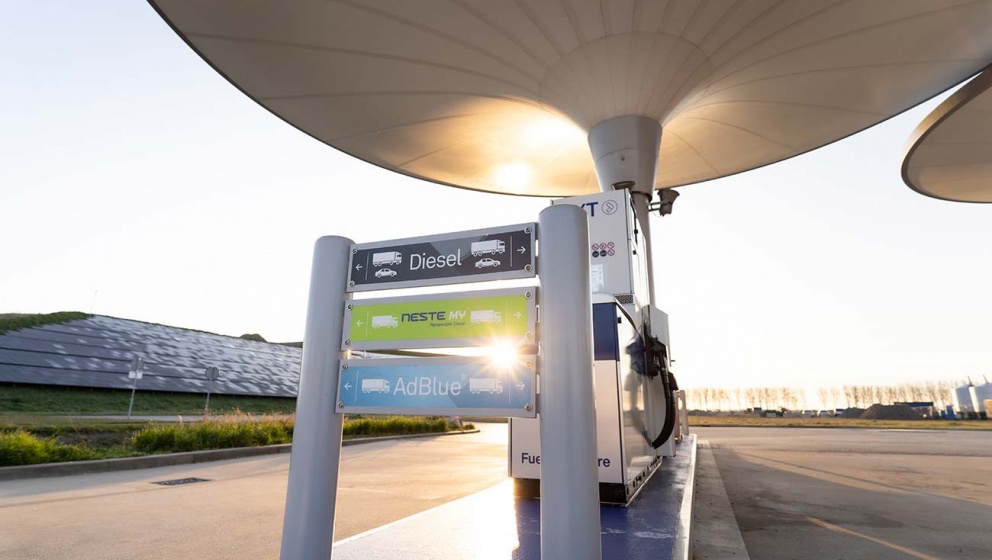How can renewable fuels contribute to sustainable mobility?
Fossil fuels were first used to power transport in 1804 with the first steam-powered train journey, but America is now waking up to the hidden costs of climate change. Over the past 200 years, fossil fuels have come to power the vast majority of transport on land, at sea and in the air. Using what are essentially carbon sinks as a transport fuel and releasing the CO2 in the atmosphere is inherently unsustainable. Now, the era of fossil fuels needs to come to an end. In the US, the change is underway, and it runs on renewables.
Because transportation is unique, featuring many different vehicles serving many different purposes, a wide range of solutions - from electricity, hydrogen and renewable fuels and yet to be developed technologies - are needed. This paradigm shift is driven by an urgent need to reduce transport-related emissions, and only by combining all available solutions will we meet climate goals. The climate cannot wait.
Why renewable fuels?

Emission reduction

Using what we have to accelerate America’s transformation to a low carbon future

Safe, proven and a today solution

